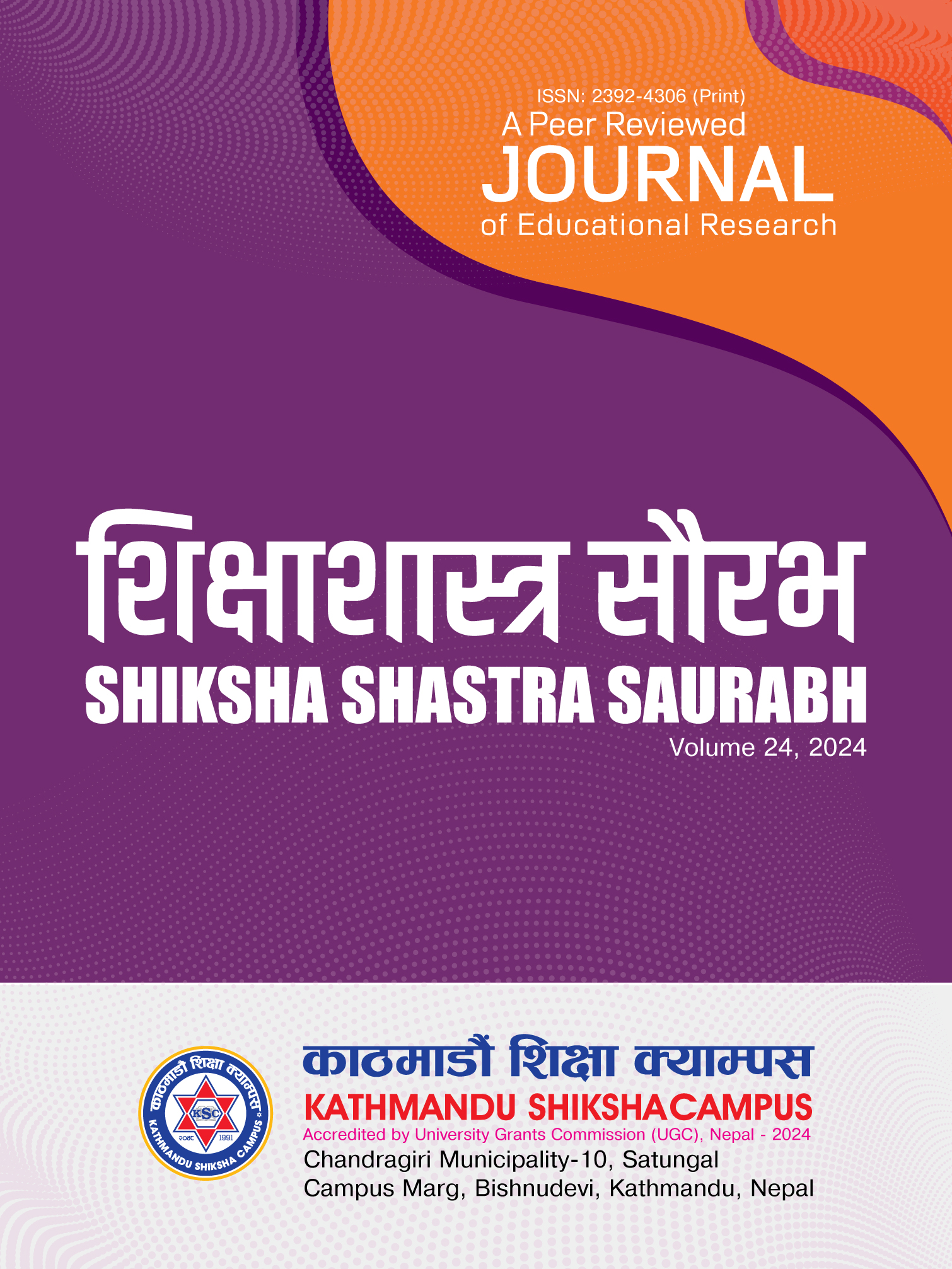Artificial Intelligence in Education: Adoption and Usage Patterns Among Technical and Non-Technical Students
DOI:
https://doi.org/10.3126/sss.v24i1.75369Keywords:
AI adaptation, usage pattern, technical and non-technical students, curriculum integration, challenges and benefits, AI literacy and accessibilityAbstract
This paper discusses the adoption and usage patterns of AI tools among technical and non-technical students at Kathmandu Shiksha Campus (KSC). The data were drawn from 13 technical students studying in the Bachelor of Computer Applications (BCA) program and 10 non-technical students from Bachelor of Business Studies (BBS) and Bachelor of Education (B.Ed.) programs. A mixed-methods approach was adopted, combining questionnaires with interviews. This present paper investigates the frequency of AI tool usage, major purposes, the most commonly used tools, perceptions about the integration of AI into the curriculum, challenges in adoption, and perceived benefits. The results point the usage of AI tools among both technical and non-technical students, their opinion regarding frequency of usages, purpose of using, challenges faced or benefits from it. The study has also underlined that technical students usually use AI tools for coding, debugging, and fine-tuning their coding ability, while non-technical students use the tool basically in report writing, analysis, and presentation. This paper suggests curriculum developers and college management to make a policy or conduct frequent seminars regarding AI literacy and accessibility in various educational faculties.
Downloads
Downloads
Published
How to Cite
Issue
Section
License
© Research Management Cell (RMC), Kathmandu Shiksha Campus

